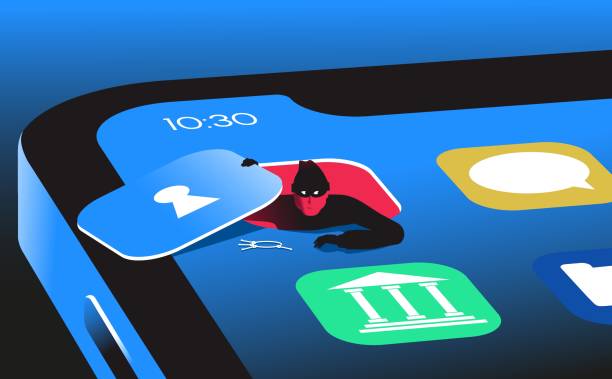Time and time again you see stories of large brands stealing the ideas from small content creators. Whether it’s their designs or their business model. It happens too often. But, how do they get away with it?
In the age of digital creativity and rapid information sharing, small creators are showcasing their unique designs and ideas on a global stage. While this has opened up numerous opportunities for exposure and growth, it has also made these creatives vulnerable to a disturbing trend: design theft by big brands.
Understanding why big brands sometimes steal small creators’ designs involves exploring several factors related to market dynamics, corporate culture, and the nature of intellectual property.
1. Creative resource constraints
Big brands often face immense pressure to continually produce fresh and appealing products. Keeping up with consumer demand for novelty can be challenging, especially within tight deadlines. Sometimes, instead of investing time and resources into original design processes, companies might opt to shortcut this by sourcing ideas from smaller, independent creators.
Example: A popular fashion brand may see a unique pattern or design on a small creator’s Instagram page and replicate it for their upcoming season’s collection.
2. Perceived low risk
Large corporations sometimes gamble on the assumption that small creators lack the resources to challenge them legally. The cost and complexity of intellectual property litigation can be prohibitive for individual artists and small businesses. This imbalance of power can encourage larger companies to take designs, assuming that the small creator won’t fight back.
Tip: Small creators should document their work meticulously and consider trademarking or copyrighting their designs to protect against theft.
3. Viral and trend culture
In today’s fast-paced digital landscape, trends evolve rapidly. Big brands often seek to capitalise on viral designs before they lose their appeal. By the time a design trend catches the eye of a corporate entity, it might already be circulating widely on social media, giving the illusion that it’s part of the public domain.
Example: A quirky illustration that goes viral on TikTok might quickly find its way onto merchandise by a major retailer without proper credit or compensation to the original artist.
4. Lack of original creative direction
While many big brands employ talented in-house designers, the pressure to innovate constantly can lead to creative fatigue. In some cases, the directive from management might prioritise marketability over originality, leading to the appropriation of designs that have already proven popular on smaller scales.
Tip: Small creators should consider using watermarks and sharing lower-resolution images of their work online to deter easy copying.
5. Ambiguity in intellectual property law
Intellectual property laws can be complex and vary significantly across different jurisdictions. This ambiguity can create loopholes that big brands might exploit, especially if a design is altered just enough to avoid direct legal infringement.
Example: Changing a few elements of a small creator’s artwork might allow a big brand to claim the design as an original work, even though it clearly draws heavily from the original.
6. Social and ethical implications
Beyond legal and practical reasons, there are significant social and ethical concerns when big brands steal from small creators. This practice undermines the hard work and originality of individual artists, often without giving due credit or financial compensation. It can discourage innovation and stifle the creative spirit that drives cultural and artistic progress.
Tip: Consumers can play a role by supporting original works and calling out brands that engage in design theft, fostering a market where creativity and originality are respected.
The practice of big brands stealing small creators’ designs is an issue rooted in the pressures of the market. While it presents significant challenges for small creators, awareness and proactive measures can help protect their work. By supporting originality, both consumers and the industry can contribute to a more ethical and innovative creative economy.




